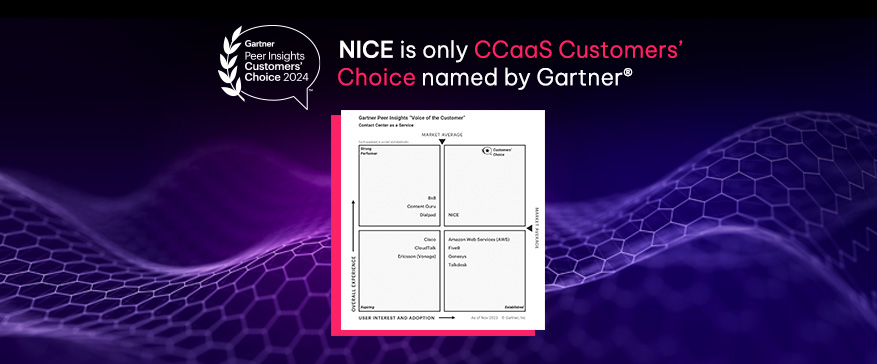What is Knowledge Management?
Knowledge management is the process and methods of collecting, organizing, managing and using all of the knowledge and information within an organization. A concept developed in the early 1990s, it has been applied across multiple fields, including business administration, information systems, library and information science, human resources, and so on. Knowledge management can have many advantages for an organization and affects performance levels, innovation, communication, collaboration, and any other area that can be improved with access to information.
In knowledge management there are three types of knowledge, categorized by the way information is codified. These types of knowledge are: tacit knowledge, implicit knowledge, and explicit knowledge.
Tacit knowledge is gained through experience and can be difficult to codify in a way others can easily understand. This can include, for example, complex social skills like leadership. Implicit knowledge is similar to tacit knowledge, in that it is acquired through activities in which a person is not aware that learning is taking place. The two are distinguished by the way implicit knowledge is easier to codify. Lastly, explicit knowledge is the knowledge that is easy to articulate and is typically documented in an organization.
Knowledge management in the contact center
For a business to run smoothly and operate at high levels of efficiency, there must be systems in place that support all the departments that make up the company. One aspect of support is keeping up with information that passes through the company in the form of knowledge management. Knowledge management can be quite lucrative for a business. A report published by the Aberdeen Group states that companies that invest in knowledge management drive two to three times greater year-over-year increases in annual revenue.
Contact centers can especially benefit from this system, as agents work with customers to resolve issues on the spot and need quick access to information. Knowledge management tools are one of the essential ways contact center agents can facilitate faster and more personalized experiences. According to Microsoft, 72 percent of customers reported that when they reach out to a customer service team they expect the agent they are interacting with to already know who they are, what they have purchased, and have insights into their previous engagements. Knowledge management in contact centers has the potential to empower agents to perform at their best and help them meet customers’ needs.
There are several ways to implement knowledge management in a contact center to provide agents with the information they need. Information spread across several systems may be inaccessible and create information silos that can cost a company both time and money. The Aberdeen Group report referenced above also states that organizations lose $1.45 million every year due to poorly designed processes that cause agents to waste time looking for relevant information to be able to do their jobs.
With the proper knowledge management system in place, agents can do things more effectively and access product, service, and customer data across the board. This practice can also raise contact center metrics and KPIs. These are some of the KPIs that may be affected:
- Average call times: As discussed, knowledge management can save agents time because they can pull all company information at the very moment they need to, rather than having to put a customer on hold to go search for it. Customers are happier when they do not have to wait, especially when they have a simple issue they are looking to quickly resolve or have what should be an easy question to answer.
- First contact resolution rates: When agents can access all the information they need, they have a much higher chance of being able to resolve issues or answer questions on the first call. Customers definitely do not want to have to call back or wait for another call from an agent.
- Number of errors by agents: The fewer errors the better, especially when it comes to customer service. Oftentimes, customers are reaching out because an error was already made, such as receiving the wrong order, and they are expecting agents to correct the mistake. Knowledge management systems provide agents with updated and accurate information so they are able to perform the right actions, with a smaller chance of making an error.
- CSAT scores: Customer satisfaction scores are extremely important for informing company decisions going forward and creating customer loyalty. Contact centers play an important role in this and knowledge management can make or break the customer experience when interacting with agents. Knowledge management allows agents to meet customer expectations by supplying agents with information at every point of the interaction, so the whole transaction is seamless.
A knowledge management system for agents
A next-gen knowledge management system helps achieve goals through well-thought-out design. These are some essential features to look for:
- Knowledge-base system: A good knowledge-base will have a comprehensive digital repository of all relevant company information, including resources such as helpful articles that can be conveniently accessed when needed. A knowledge-base allows agents to provide consistent customer service by simply searching for anything they want to know. A Google-like search feature is also important for a knowledge-base so that all an agent has to do is type in a question or a set of keywords in a search bar to pull up content such as a manual, FAQs, or a troubleshooting guide.
- Integrated with a CRM system: Combining knowledge management with CRM is an optimal choice. A CRM system syncs information across the board so agents have access to it at all times. Customer data and information may be coming in from multiple channels, depending on how a company chooses to communicate with customers, and a CRM system centralizes everything. An integrated knowledge management system works seamlessly with these systems and optimizes the workflow.
- Collaborative tools: Collaboration is important for any department or team, even in a contact center. A knowledge management system allows agents to work in a shared space, where they all have access to the same information and can take over from another agent easily. While call transfers are not ideal for the sake of the customer, it does happen and it’s frustrating for the customer when the next agent does not have access to the information the previous agent had because of information silos. Collaboration tools also allow users to leave feedback and comments.
- Configurable desktops: Tailored desktops can automate certain processes for agents and create an interface that provides a single point of reference. A configurable desktop can empower agents to provide high levels of service by giving them access to everything they need to do so in one place. They also let agents share relevant content with customers through various channels, like email and chat, for an extra layer of convenience.
Ultimately, the point of a knowledge management system in the contact center is to create order and simplicity for agents by bringing together all of the necessary information into one unified location. It’s an essential component of both the agent experience and the customer experience.







